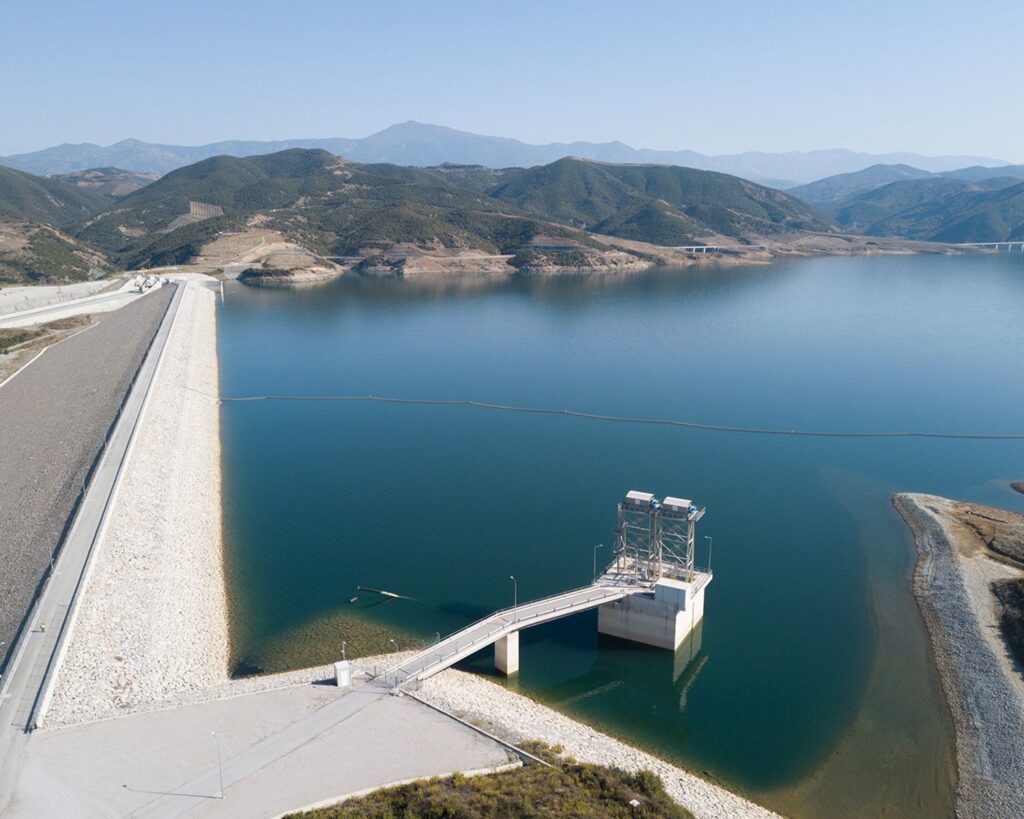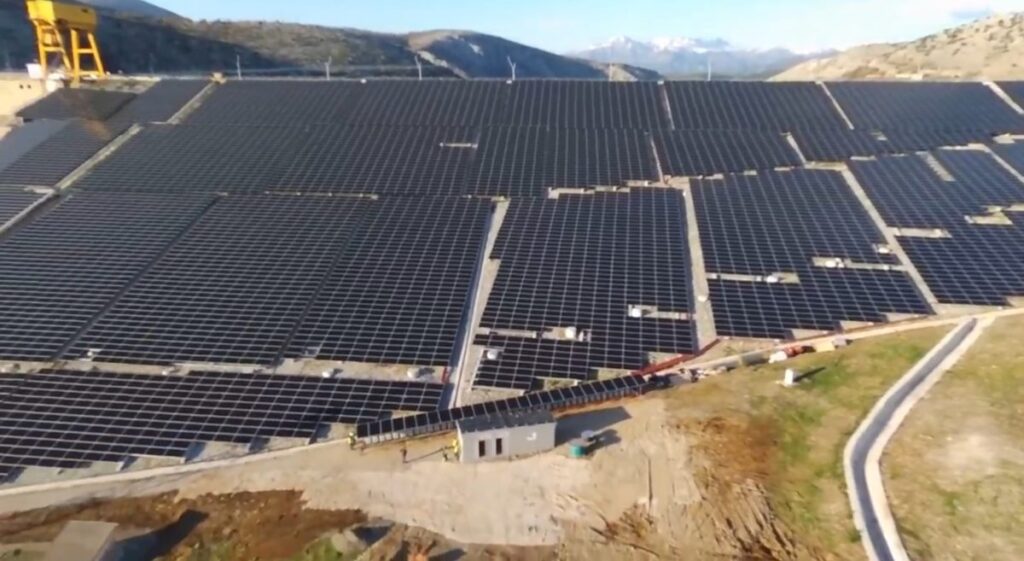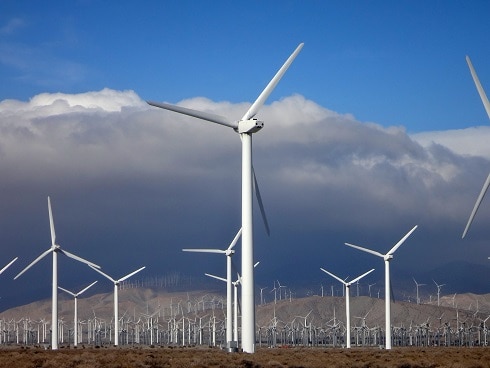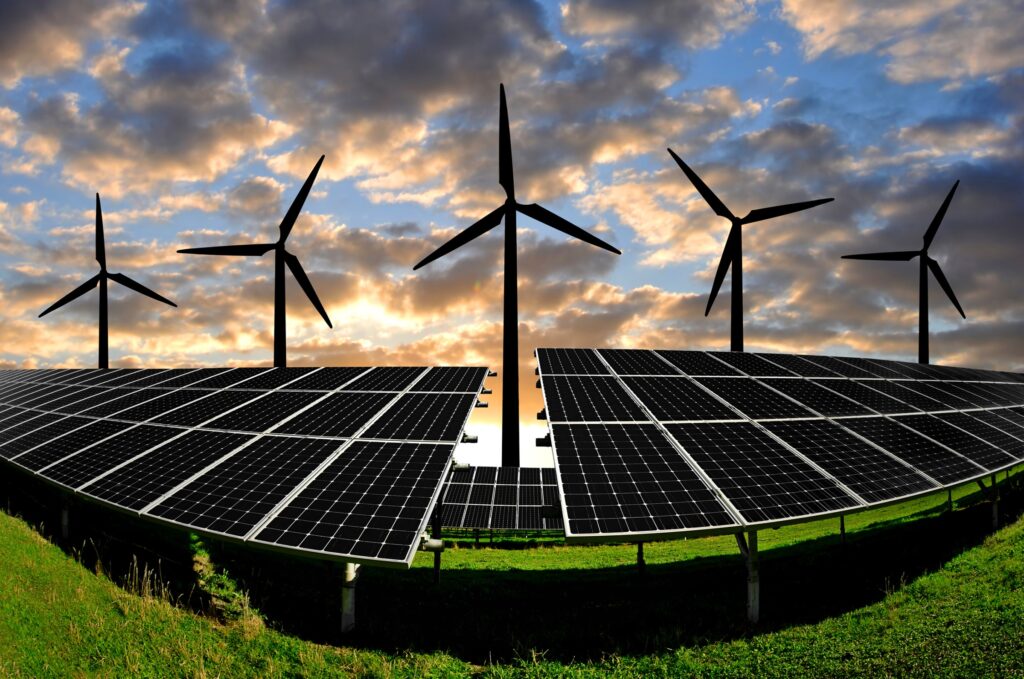Albania is on the cusp of an energy revolution, leveraging its rich natural resources to accelerate the adoption of renewable energy sources. While the country’s energy sector has traditionally been dominated by hydropower, there has been a growing shift toward incorporating solar and wind energy. This transition is in line with the global imperative to reduce carbon emissions and mitigate climate change, positioning Albania to play a crucial role in the renewable energy future of the Western Balkans.
Hydropower: The Dominant Renewable Source

Hydropower remains the backbone of Albania’s energy system. It accounts for approximately 95% of the country’s electricity production. Albania is home to several major rivers such as the Drin, Vjosa, and Devoll, which are utilized by numerous hydroelectric power plants (HEPs). These plants include the Fierza, Vau i Dejës, and Koman dams, which not only supply electricity to the domestic market but also contribute to the regional energy grid.
Despite its dominance, hydropower comes with limitations. The reliance on rainfall and snowmelt means that Albania’s hydropower plants are vulnerable to fluctuations in water flow due to changing weather patterns. During periods of drought, Albania has had to import electricity to meet demand, making the need for energy diversification and greater energy security a pressing issue.
Solar Power: Harnessing the Sun’s Potential

Albania benefits from a Mediterranean climate, receiving more than 2,000 hours of sunshine annually. This makes it an ideal location for solar energy projects. In recent years, there has been growing interest in the development of photovoltaic (PV) solar power plants.
The Karavasta Solar Park, the largest in the region, is a landmark project that aims to generate 100 MW of electricity. This facility is part of a broader national strategy to increase the share of solar energy in Albania’s electricity generation mix. The Albanian government has also introduced policies to incentivize solar energy, such as feed-in tariffs and tax exemptions for solar installations.
There is significant potential for smaller-scale solar projects as well. Urban and rural areas across the country could benefit from rooftop solar panels. By decentralizing solar power production, Albania could increase energy independence and reduce grid congestion.
Wind Power: A Growing Sector

Wind energy in Albania is still in its early stages of development but holds substantial promise. The country’s coastal areas, particularly along the Adriatic and Ionian Seas, are known for their strong and consistent winds, making them prime locations for wind energy projects. Studies estimate that Albania could generate over 2,000 MW from wind power alone.
Several pilot wind farms have been developed in recent years, such as the 9 MW wind farm in the region of Shkodra. The government has also begun issuing tenders for larger wind energy projects, with an auction system designed to attract both domestic and foreign investors.
The key challenge for wind energy development in Albania lies in the relatively underdeveloped infrastructure for grid integration, as well as the high upfront costs of establishing wind farms. However, with the right investments and incentives, wind power could become a significant contributor to the country’s energy mix.
Legal and Policy Framework: Aligning with EU Goals
Albania’s renewable energy policy is aligned with the European Union’s energy and climate goals. As part of the Energy Community Treaty, Albania has committed to increasing the share of renewable energy in its energy mix to 38% by 2020 and has extended its target to 50% by 2030. This includes expanding solar and wind power generation alongside improving energy efficiency.
The Albanian government has introduced various initiatives to stimulate renewable energy development, including:
• Feed-in Tariffs: These long-term contracts guarantee fixed payments to renewable energy producers, providing a stable income and encouraging private sector investments.
• Renewable Energy Auctions: The introduction of competitive bidding for large-scale renewable energy projects has helped to drive down costs while attracting foreign capital.
• Net Metering for Solar: This allows consumers who generate their own solar power to feed excess electricity back into the grid and receive compensation.
The National Energy Strategy for 2018-2030 outlines a comprehensive vision to modernize Albania’s energy sector. It focuses on enhancing the sustainability, security, and efficiency of the energy system, with a clear emphasis on renewable energy sources.
Environmental Impact and the Vjosa River Controversy
While hydropower has been a key enabler of renewable energy development, it also raises environmental concerns, particularly with respect to river ecosystems. The construction of dams and hydroelectric plants can significantly disrupt the natural flow of rivers, affecting biodiversity and water quality.
The Vjosa River, which is one of the last wild rivers in Europe, has been at the center of a major debate in Albania. Environmental organizations and local communities have raised concerns about the construction of additional hydroelectric plants along the Vjosa, arguing that it would damage one of the country’s most pristine natural resources. The Vjosa’s ecosystem, including its rich biodiversity, is of international importance, and preserving it has become a priority for both environmental groups and some segments of the Albanian public.
Albania’s government has faced growing pressure to balance the benefits of hydropower with the need to protect its natural heritage. In response, Albania has declared the Vjosa River a “protected area,” a significant step in preserving its environmental integrity.
Challenges and Opportunities
Challenges:
1. Grid Capacity: Albania’s electricity grid needs to be modernized to handle the integration of intermittent renewable energy sources like wind and solar.
2. Financing: Renewable energy projects, particularly large-scale ones, require substantial upfront investments. While Albania is attracting foreign investors, the financial framework remains a challenge.
3. Regulatory Barriers: Although significant progress has been made, the regulatory environment for renewable energy projects still requires further streamlining and transparency to ensure that projects are developed efficiently.
Opportunities:
1. Regional Cooperation: Albania’s geographic location offers opportunities for cross-border electricity trade with neighboring countries, especially in the Western Balkans. Albania can become a key player in regional renewable energy markets.
2. Job Creation: The expansion of the renewable energy sector offers significant job creation opportunities, particularly in the construction, operations, and maintenance of solar and wind farms.
3. Energy Security: By diversifying its energy mix, Albania can reduce its dependence on hydropower and improve energy security, ensuring a stable supply of electricity for both consumers and businesses.
Albania’s renewable energy sector holds great potential for achieving a greener, more sustainable future. While hydropower remains the dominant source of electricity, solar and wind energy are becoming increasingly important in the country’s energy strategy. By addressing challenges related to grid integration, financing, and environmental protection, Albania can unlock the full potential of its renewable energy resources and pave the way for a more secure, sustainable energy future.
With the right policies, investment, and innovation, Albania can serve as a model for other countries in the region, demonstrating how a nation can leverage its natural resources and environmental policies to transition toward a renewable, low-carbon energy economy.




